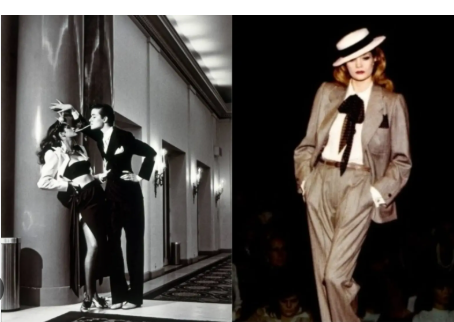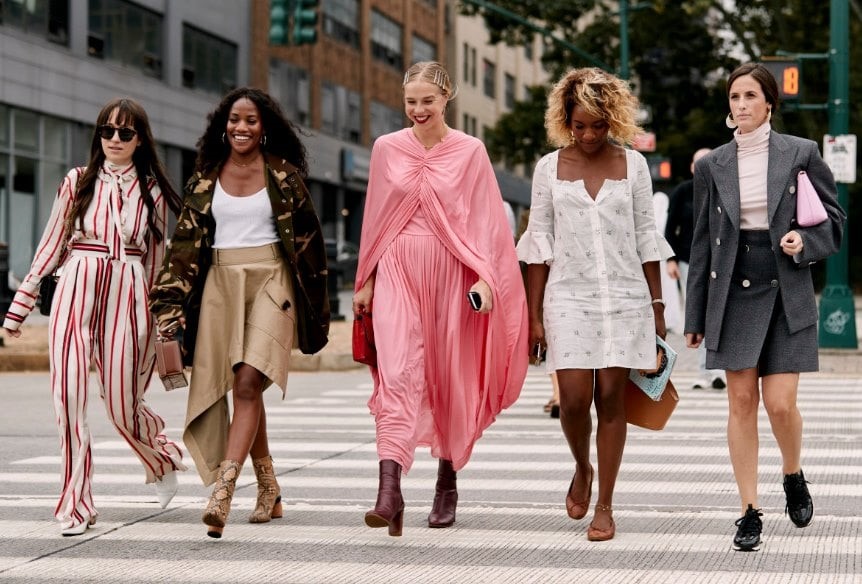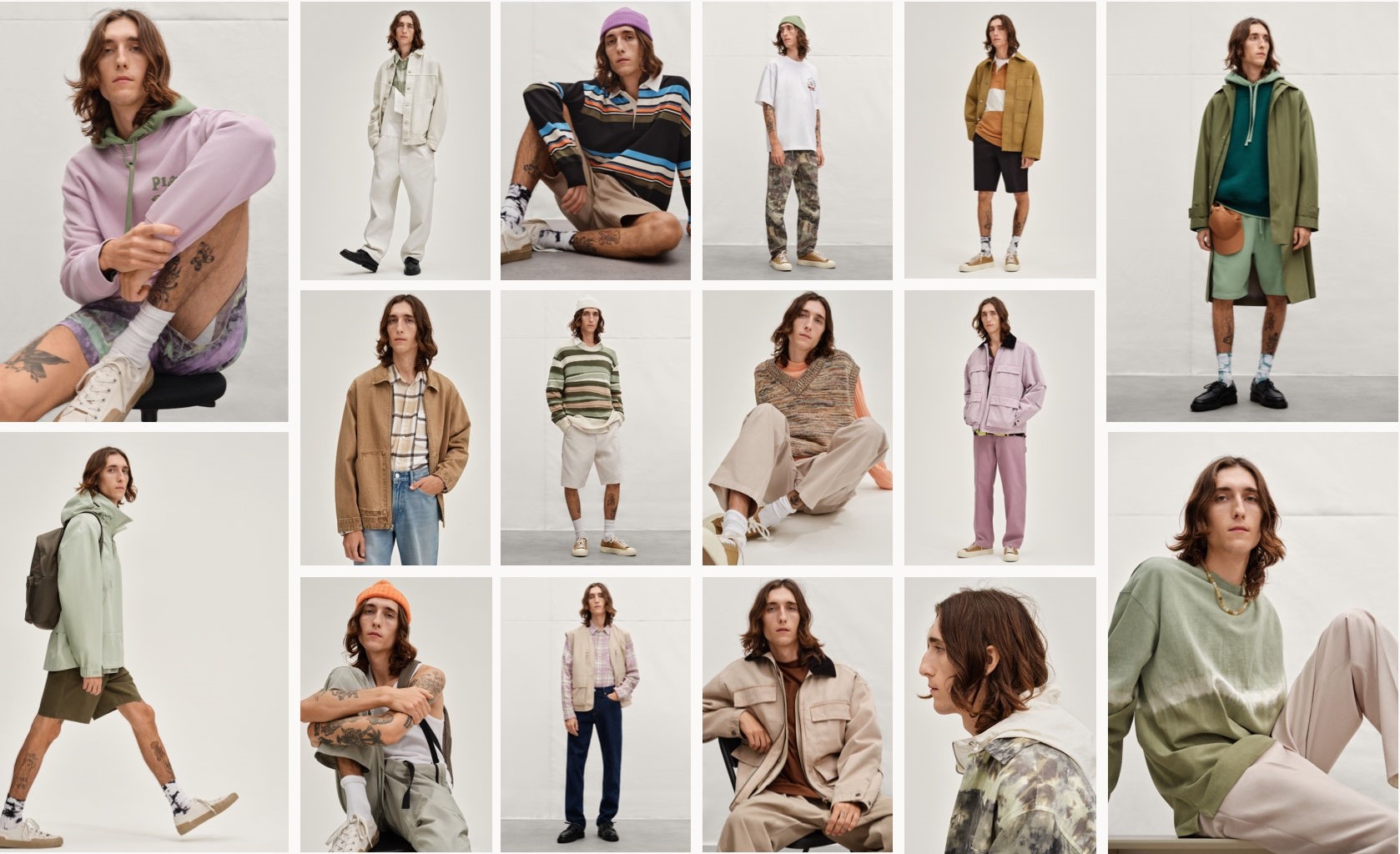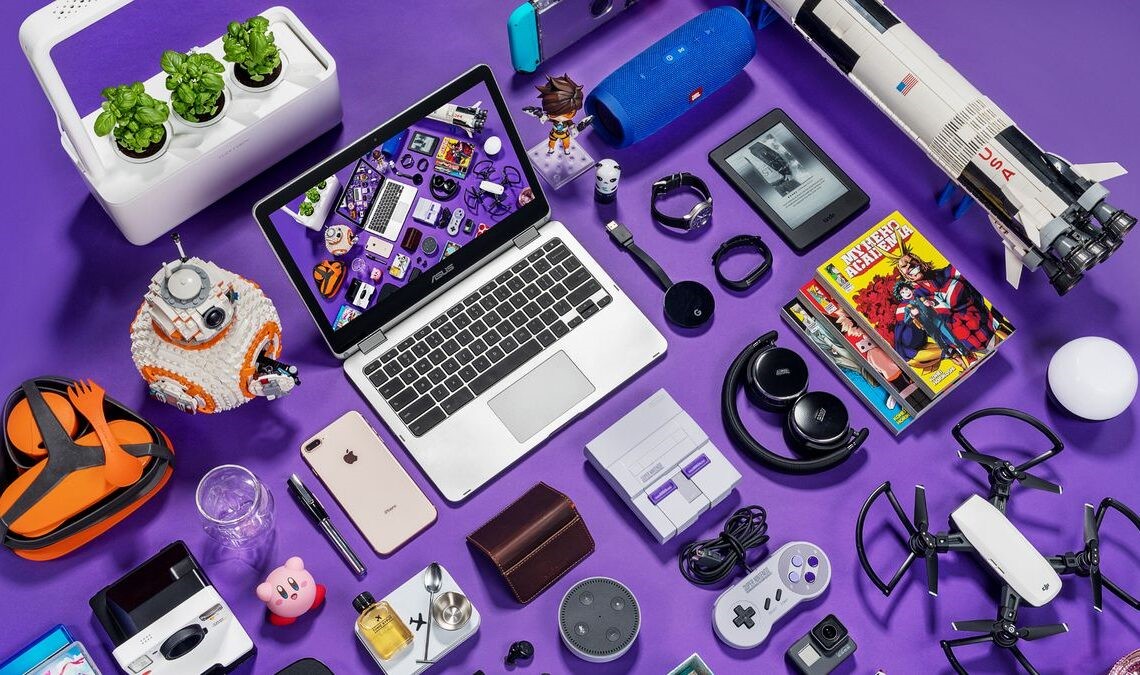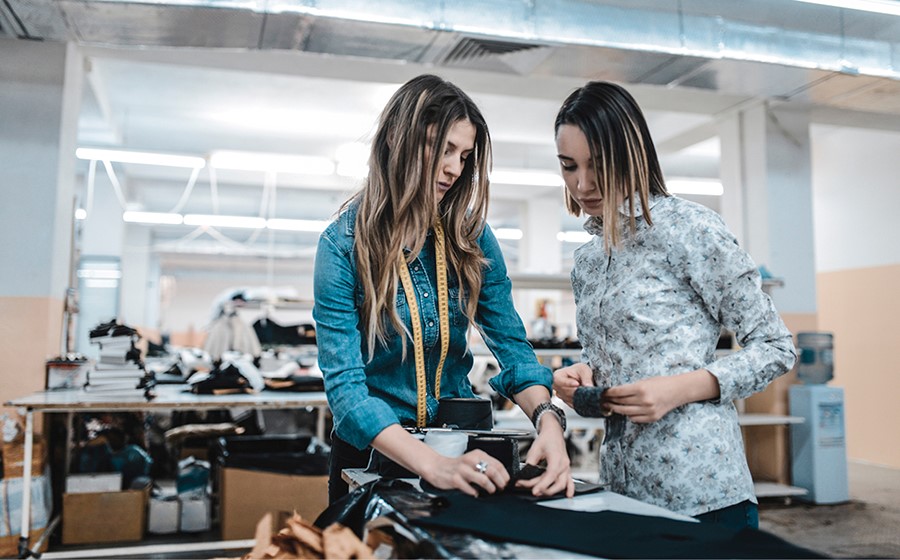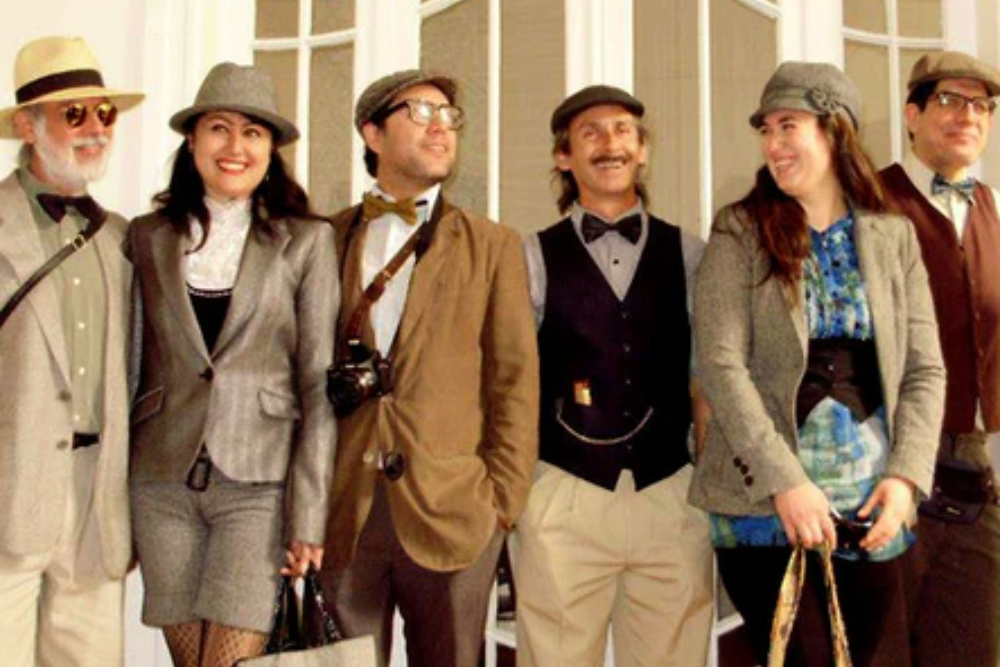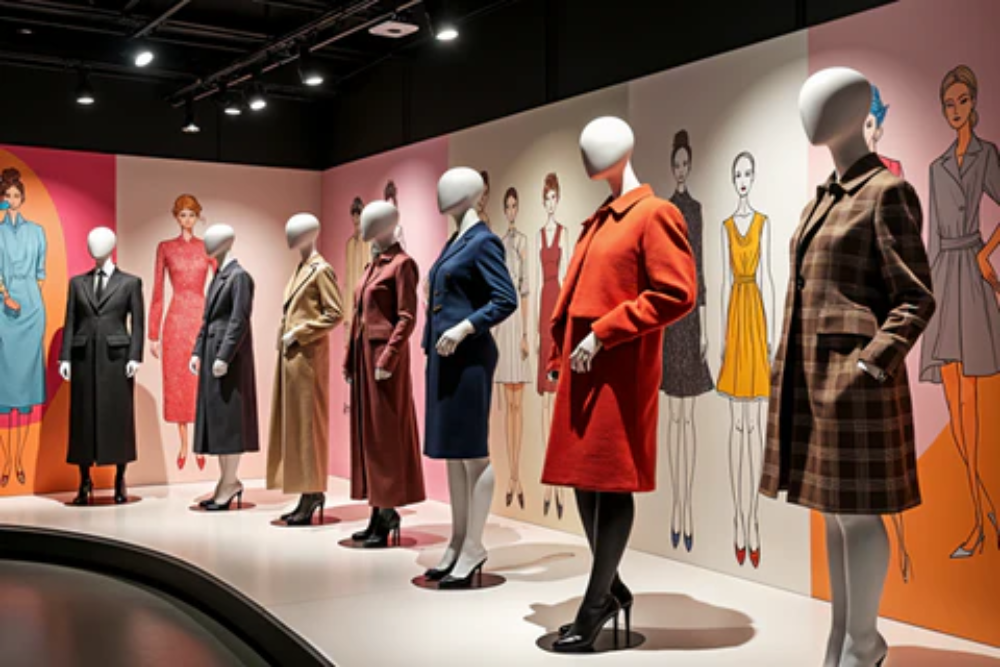Introduction
Fashion photography is more than just capturing clothing—it’s a visual narrative that conveys style, culture, aspiration, and identity. As an essential medium within the fashion industry, it shapes how we perceive trends, designers, and even societal norms. From the early black-and-white editorials to the highly stylized digital shoots of today, fashion photography has played a key role in defining beauty standards, promoting brands, and blending art with commerce. This article delves into the historical roots, artistic impact, commercial function, and future direction of fashion photography.
- The Origins of Fashion Photography
The roots of fashion photography can be traced back to the mid-19th century, shortly after the invention of the camera. However, it wasn’t until the early 20th century that fashion photography began to emerge as its own art form.
In the 1910s and 1920s, photographers like Baron Adolph de Meyer began working for Vogue and Harper’s Bazaar, creating ethereal, elegant portraits of models draped in designer garments. These images elevated clothing from practical wear to aspirational luxury, and magazines quickly recognized the power of photography to sell not just clothes, but lifestyles.
Fashion shoots in this era mirrored the sophistication of society portraiture. Lighting, composition, and styling were all meticulously crafted to align with the ideals of the elite. Clothing was displayed in static, studio settings, placing emphasis on the fabric and silhouette.
- The Golden Age of Fashion Photography (1930s–1960s)
During the mid-20th century, fashion photography exploded with innovation and visual experimentation. Influential figures began pushing the boundaries of the medium, bringing new energy to editorial and commercial imagery.
Iconic Photographers and Their Contributions:
- Cecil Beaton created whimsical, theatrical sets that emphasized storytelling.
- Irving Penn was known for minimalist, sculptural compositions and his ability to bring out the personality of his subjects.
- Richard Avedon revolutionized fashion photography by capturing movement and spontaneity. His models danced, jumped, and laughed—breaking away from stiff poses.
- Helmut Newton introduced a bold, erotic edge that defined the visual tone of fashion magazines in the 1970s and ’80s.
This was also the period when supermodels began to emerge, with photographers playing a significant role in crafting their images and public personas.
Editorials as Art and Commentary:
Fashion photography became a legitimate art form, with photographers using imagery to comment on culture, gender, and society. Magazines evolved into visual diaries of the times, offering glamorous escapism or gritty realism depending on the lens of the photographer.
- Fashion Photography and Commercial Power
Beyond the editorial sphere, fashion photography serves a critical commercial purpose. It is the primary medium for advertising fashion products—from haute couture to fast fashion. Campaigns and lookbooks help build brand identity, appeal to target audiences, and ultimately drive sales.
Branding and Identity:
Photographers like Mario Testino, Steven Meisel, and Annie Leibovitz became household names not just for their artistry, but for their ability to craft instantly recognizable brand imagery. A campaign by Leibovitz for Louis Vuitton, for example, can merge high fashion with cinematic fantasy.
Fashion houses often build their visual identity through consistent photographic styles. Think of Chanel’s timeless black-and-white elegance, or Gucci’s surreal and eclectic storytelling under Alessandro Michele.
Catalog to Click:
The digital age has also changed the function of fashion photography from print catalogues to dynamic e-commerce and social media content. Product photos, once purely functional, now blend style with storytelling—meant to entice a user to click and convert instantly.
- The Artistic Lens: Fashion Photography as Visual Culture
Fashion photography is deeply intertwined with visual culture. It often reflects—and at times challenges—contemporary aesthetics, politics, and ideologies.
Narrative and Fantasy:
Photographers create elaborate visual stories that go beyond garments. For example, Tim Walker’s work is known for its dreamlike settings and fairytale elements, turning fashion photography into surrealist art.
Editorials in Italian Vogue or W magazine often lean toward conceptual, high-art narratives, where clothing is one part of a bigger visual commentary.
Representation and Beauty Standards:
Historically, fashion photography upheld narrow definitions of beauty—favoring thin, white, cisgender models. However, recent decades have seen a push for greater diversity and inclusivity. Photographers now explore a broader spectrum of gender, body types, ethnic backgrounds, and abilities.
Projects like The Fashion Spot’s diversity reports, and photographers such as Tyler Mitchell (the first Black photographer to shoot a Vogue cover in 2018), show how the industry is beginning to reframe its visual language.
- Digital Revolution and Social Media
The rise of smartphones, digital editing tools, and platforms like Instagram and TikTok has transformed the landscape of fashion photography. What was once the domain of elite professionals and exclusive magazines is now accessible to millions.
Democratization of Fashion Imagery:
Anyone with a phone can now create, share, and shape fashion images. Influencers and content creators develop their own aesthetics, often blurring the line between amateur and professional.
This shift has made the industry more inclusive but also more saturated. Photographers compete not only with peers but also with algorithms and virality.
Speed and Adaptability:
Traditional photo shoots, which once took weeks to plan, shoot, and publish, now happen in real-time. Backstage photos from fashion week are shared instantly, and digital campaigns are updated frequently to match fast-moving trends.
Instagram aesthetics, from clean minimalism to messy Y2K chaos, define brand photography strategies. Photographers must now think in grids, Stories, and Reels—not just pages and spreads.
- The Role of Technology in Modern Fashion Photography
Technology continues to redefine what’s possible in fashion photography. From CGI models to AI-enhanced imagery, the tools at photographers’ disposal are expanding.
Artificial Intelligence and CGI:
Virtual models such as Shudu and Lil Miquela have blurred the boundaries between reality and fiction. Brands like Balmain and Calvin Klein have featured digital avatars in campaigns, prompting questions about authenticity, creativity, and representation.
AI tools also assist in editing, background generation, and even outfit styling. While some celebrate this efficiency, others worry about the erosion of human artistry.
Augmented and Virtual Reality:
Fashion photographers are beginning to experiment with immersive content. AR filters on Instagram allow users to “try on” digital fashion, while VR spaces host virtual runways and photoshoots.
This shift opens new avenues for engagement, but also demands new skills and storytelling strategies from visual creators.
- Ethical Considerations in Fashion Photography
As fashion photography evolves, so too does the need for ethical awareness. Issues of labor exploitation, environmental harm, unrealistic beauty ideals, and cultural appropriation are increasingly scrutinized.
Body Image and Editing:
Airbrushing and extreme photo manipulation have long been criticized for promoting unattainable beauty standards. Today, many brands and publications opt for minimal retouching or transparency around edits, in response to consumer demands for authenticity.
Sustainability and Responsibility:
Fashion shoots, especially elaborate sets and travel-based productions, can have large environmental footprints. Some photographers and brands are moving toward eco-conscious practices, using sustainable sets, digital fashion, and local sourcing.
Photographers now face pressure to align their work with ethical storytelling—not just aesthetics.
- Fashion Photography in Education and Career Development
For aspiring creatives, fashion photography remains one of the most popular and competitive fields. It requires not only technical skill but also deep cultural knowledge, creative vision, and business acumen.
Educational Pathways:
Fashion photography is taught at many art and design schools, often alongside courses in fashion theory, media, and branding. Students learn studio lighting, composition, art direction, and post-production, as well as how to collaborate with stylists, models, and designers.
Portfolio Building:
A strong portfolio is essential. Successful photographers often begin by shooting test images, collaborating with fashion students, or interning at magazines and agencies.
Freelance vs. In-House Work:
Photographers may freelance or work in-house for brands, magazines, or production companies. Freelancing offers creative freedom but demands business skills, while in-house roles provide stability but less artistic control.
- Notable Fashion Photographers Today
Some of the most respected and influential fashion photographers currently working include:
- Mert Alas & Marcus Piggott – Known for bold, high-gloss imagery.
- Steven Klein – A favorite for edgy, boundary-pushing visuals.
- Petra Collins – Blends youth culture with dreamy surrealism.
- Campbell Addy – Celebrated for inclusive, emotionally resonant work.
- Txema Yeste – Creates painterly, sensual compositions.

